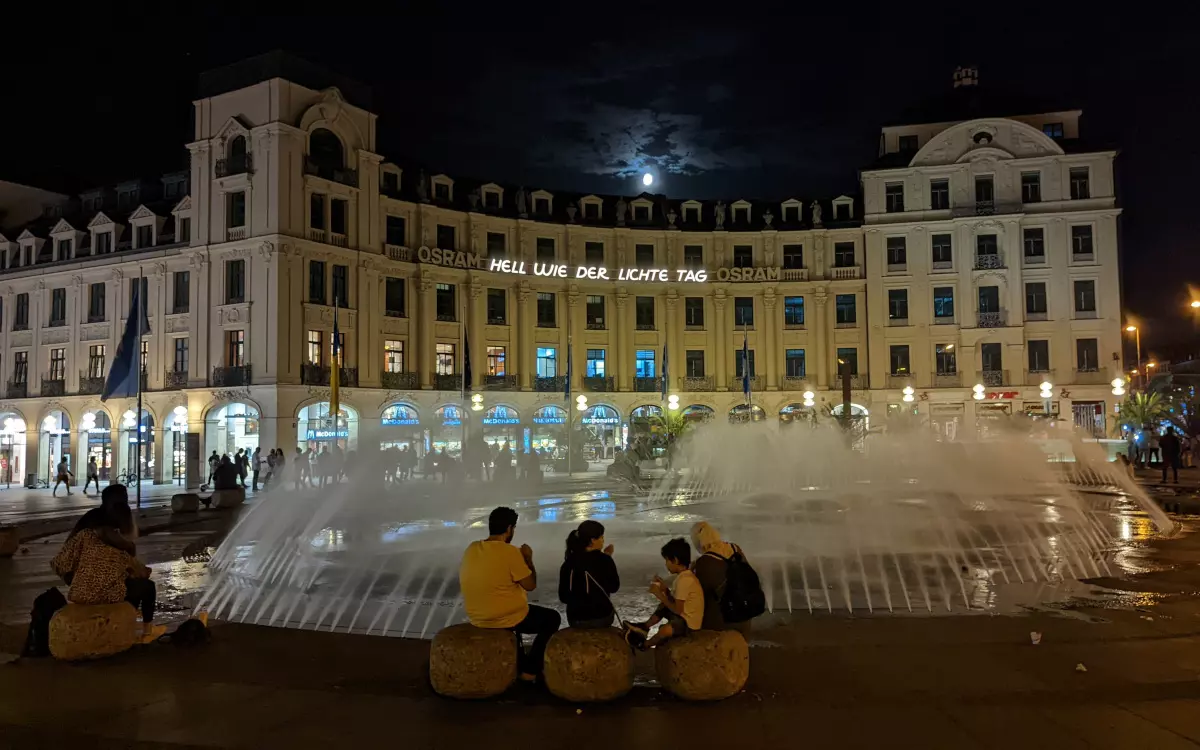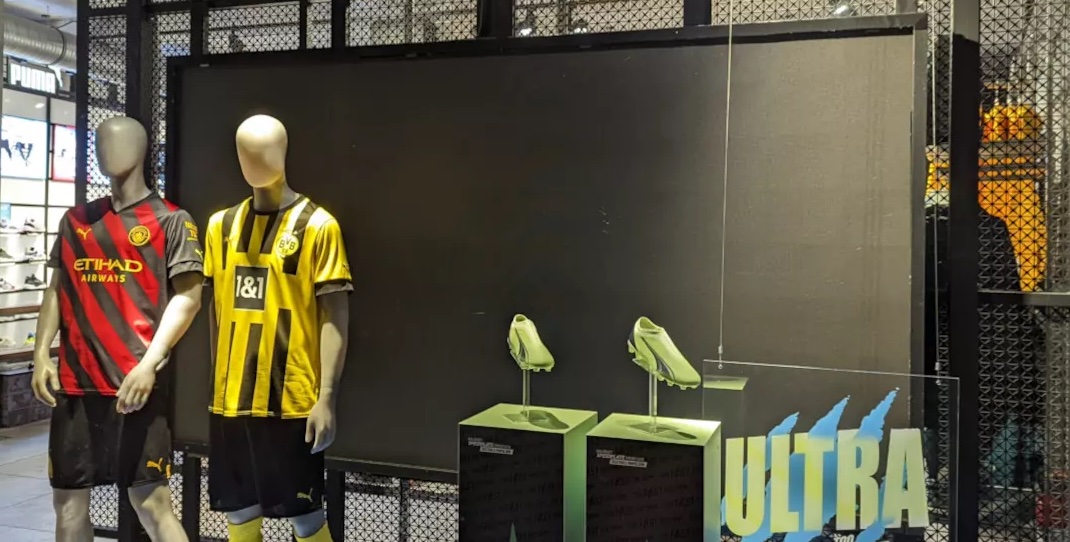Reports of Invidis:
The new Energy Saving Ordinance has been in force since September 1, 2022 . According to this, illuminated advertising must be switched off from 10 p.m. to 4 p.m. the following day. This includes both digital and analogue outdoor advertising as well as classic illuminated advertising. Under normal circumstances, building illuminations are also prohibited (the original version of the regulation can be downloaded from the website of the Federal Ministry of Economics ). Among other things, outdoor advertising clearly criticized the regulation.
NOTE: Visit the Invidis page to see a pile of photos from his walkabout …
But how is the lighting ban implemented? How dark is Munich after 10 p.m.? invidis took a look around downtown Munich on Sunday evening.
Anyone who thought that all the lights go out at 10 p.m. sharp is wrong. At 11 p.m., most of the classic illuminated advertising is still burning. No wonder: most would have to be converted first, since they are not operated with flexible timers. Electricians are completely overbooked with the orders.
Private illuminated advertising replaces illumination

Particularly striking: The famous Osram lettering on Karlsplatz, Stachus: The claim “Hell wie der lichten Tag” lights up (albeit without the “Osram” part) and seems to be teasing the Energy Saving Ordinance a bit.
Editor: That line “Hell wie der lichten Tag” translates roughly to Bright As Day.
What is striking: The illuminations of the public buildings are consistently switched off, which means that illuminated advertising is much more conspicuous. Illumination of large store houses has decreased compared to a first inspection last Tuesday: A few days ago, the traditional stores Beck and Hirmer were still shining in the dark, that’s over now.
Digital outdoor advertising is few and far between in downtown Munich. The big screen at the Mathäser cinema is off. Ströer’s three-sided steles at the main train station run, but do not display any advertising. Some lighted, self-rotating advertising columns run normally.
Some stops are illuminated, others are not. Whether these provide more safety at the respective locations with their light and are therefore exempt from the regulation will certainly be the subject of lengthy negotiations.
Striking on Ludwigsstraße: the screens at the bus stops are off, but the analog advertisements on the other side are illuminated.
The situation is different with the shop windows in and around the pedestrian zone. According to the current status, shop windows are exempt from the regulation – which they also partially take advantage of. Some stores are dark, others are running the normal program.
Retail suffered in Corona times; it is understandable that this should not be subject to new restrictions. It is worth discussing whether video content has to run at full light at night. However, here too the question arises to what extent the systems still have to be converted for the new times. However, there are also screens that are switched off at night.
Energy guzzlers in the windows
Digital signage installations that thoughtlessly waste energy are not at all understandable in these times – and thus in times when the population reacts extremely sensitively to digital power wastage, the entire industry appears in a bad light. From large LED walls that continue to run happily in the furthest corner of the store to simply white glowing screens.
The entire industry must now take Green Signage really seriously. Not only because energy is becoming more and more precious and companies will prefer energy-saving solutions. The public will also judge the industry by how hard it puts in effort. Sure: Some cannot and do not want to get off the “digital is evil” track. But together with the right communication, the industry can show that it is part of modern society – even in times of crisis.




Leave a comment